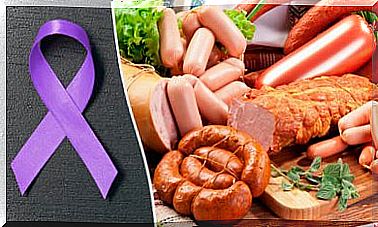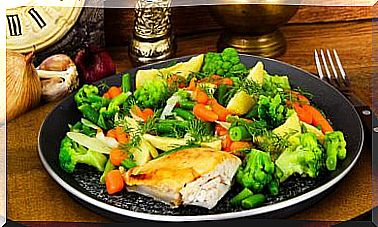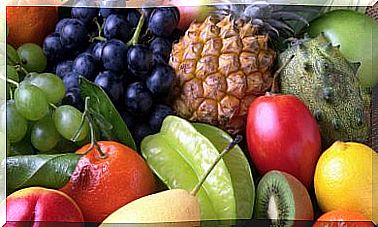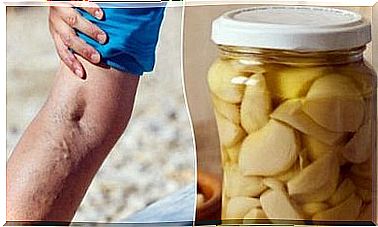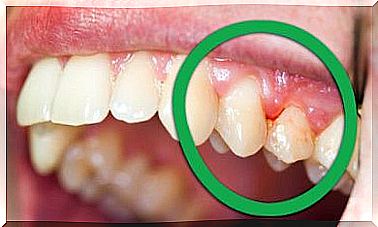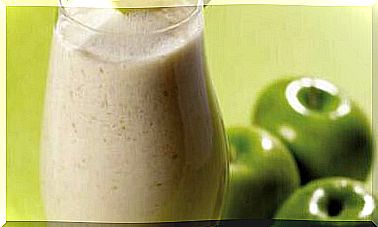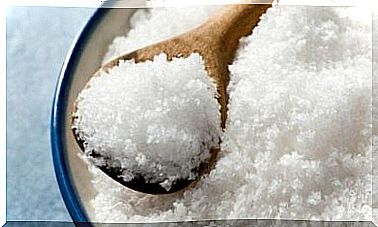3 Easy Recipes To Prepare Fermented Foods
Fermented foods such as miso, kefir or even sauerkraut are very rich in vitamins and minerals. Their consumption is associated with a number of benefits that improve the overall health of the body.
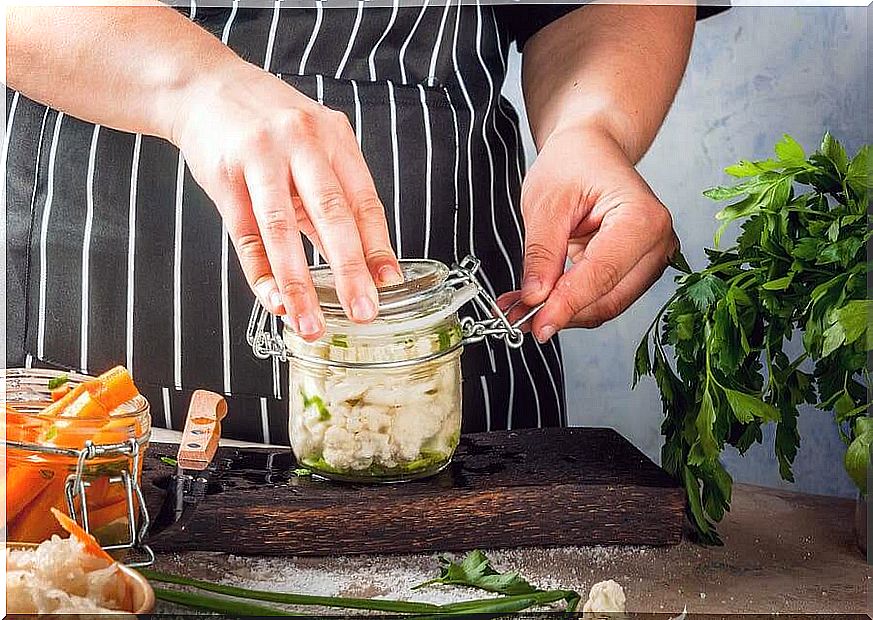
Fermented foods are those whose molecules have undergone a process of transformation into other, simpler molecules. Depending on the microorganisms involved in fermentation, there are several types: lactic, alcoholic, acetic fermentation, etc. Do you know how to prepare fermented foods?
On the other hand, the best fermented foods are those which, in their initial state, already have a high nutritional value. Indeed, fermentation will strengthen the nutrients they naturally possess.
Benefits of fermented foods
Fermented foods are associated with a number of health benefits. Indeed, they:
- Improve digestion and intestinal transit since they are already partially digested. They also provide enzymes and vitamins that aid in the absorption of nutrients
- Nourish the intestinal bacterial flora: healthy microorganisms similar to those of our microbiota are activated during fermentation
- Promote modulation of the immune system by increasing defenses that fight infections
- Decrease the inflammatory reaction associated with allergies and intolerances
Recipe for preparing fermented foods: sauerkraut
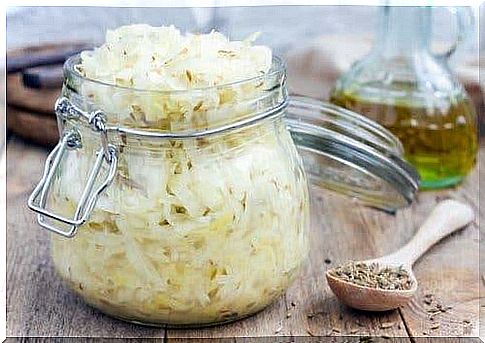
Sauerkraut is the food that results from the lactic fermentation of cabbage. It is rich in vitamins A, B1, B2 and C, as well as calcium, iron, phosphorus and magnesium.
On the other hand, it contains large amounts of enzymes and lactic acid. These nutrients are needed for iron absorption, nervous system regulation, or tissue regeneration.
The recipe for this fermented food is very simple. However, it is important to follow the indications to ensure optimal condition of the product.
Ingredients
- 2 medium cabbages
- About 10 grams of salt (15 grams of salt are needed for each pound of cabbage)
Preparation
- First, wash the cabbage. Remove the outer layers, as well as any leaves that are damaged.
- Then cut or grate the cabbage into very thin strips.
- Then, gradually, add them to a bowl with a little salt and repeat the process until the cabbage is evenly distributed in the jar.
- With the help of a mortar, crush the mixture of cabbage and salt. If you don’t have mortar, you can do this step with your hands, previously washed.
- Then, in a jar with an empty lid, add the cabbage, squeeze it and compress it with a spoon in order to release the air.
- Finally, close the jar and store it in a clean, dry place at room temperature for about 4-6 weeks.
Recipe for preparing miso
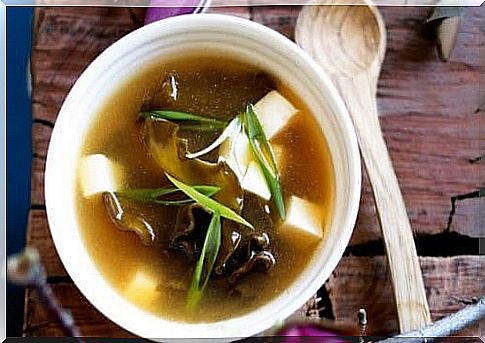
Miso is an aromatic paste resulting from the fermentation of soybeans, beans or grains and iodized salt. It is rich in high quality protein, amino acids and essential minerals (magnesium, calcium, iron). Besides, it also contains high values of slowly absorbing carbohydrates, vitamin B12 and folic acid.
Ingredients
- 2 glasses of chickpeas or soy beans
- 5 glasses of koji ferment , the miso ferment
- 2 glasses of cooking broth from the chosen legume
- 4 large tablespoons of salt
Method of preparation
- Soak the legume 12 hours before.
- Then cook it in a pressure cooker with water until it becomes tender and comes apart easily. The chickpeas cook for about 50 minutes and the beans for 90 minutes.
- Then filter the legumes and, with the help of a mortar, crush them to obtain a homogeneous paste.
- Add about half a liter of the cooking broth and salt then cook over low heat, stirring occasionally.
- Remove from the heat and add the ferment.
- Then place the preparation in an appropriate jar for its conservation and make sure that there is no air inside.
- The fermentation time depends on the flavor you want to obtain. The longer you let it ferment, the stronger and more intense the taste will be. For miso, 40 days of fermentation is sufficient.
Recipe for preparing fermented food: milk kefir
Kefir is a food prepared from the lactic fermentation of milk with nodules of bacteria and yeasts. It is very rich in group B vitamins (B1, B5, B9 and B12, biotin), vitamin K and vitamin D. In addition, it contains high levels of minerals essential for the correct function of the organism such as calcium, magnesium, phosphorus and potassium.
Ingredients
- 1 liter of whole milk
- 200 grams of kefir nodules
- A suitable glass container for storage
Method of preparation
- Pour the milk into the clean, dry glass container.
- Then add the kefir nodules, seal tightly and let stand between 24 and 30 hours.
- Then filter the liquid that has formed (kefir milk) and repeat the process adding more milk until you get the desired amount of kefir.
- It is recommended to rinse the preparation with non-chlorinated water every 4 days.
You now have your fermented product recipes to prepare at home. Make room for these foods in the whole family’s diet and enjoy the benefits mentioned above!

